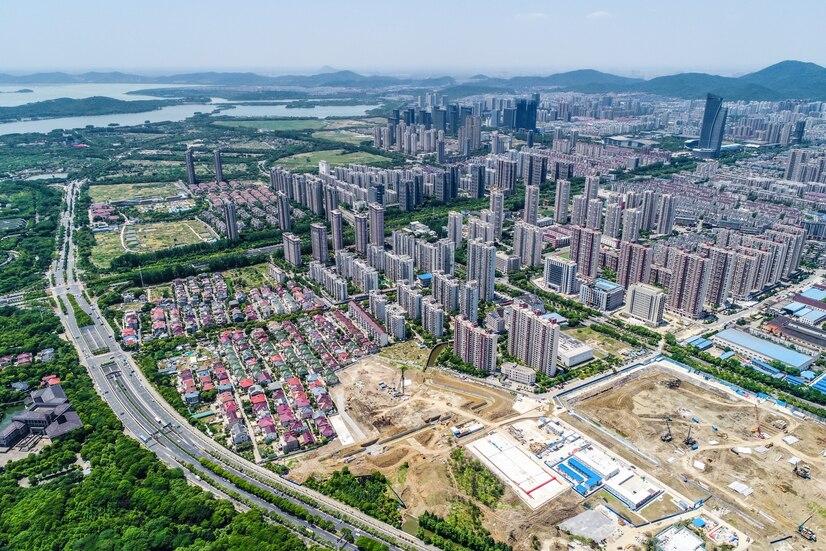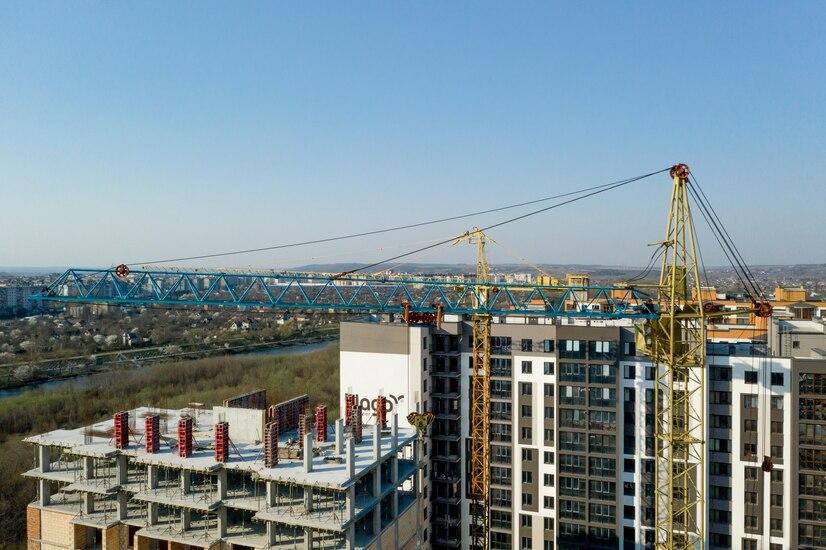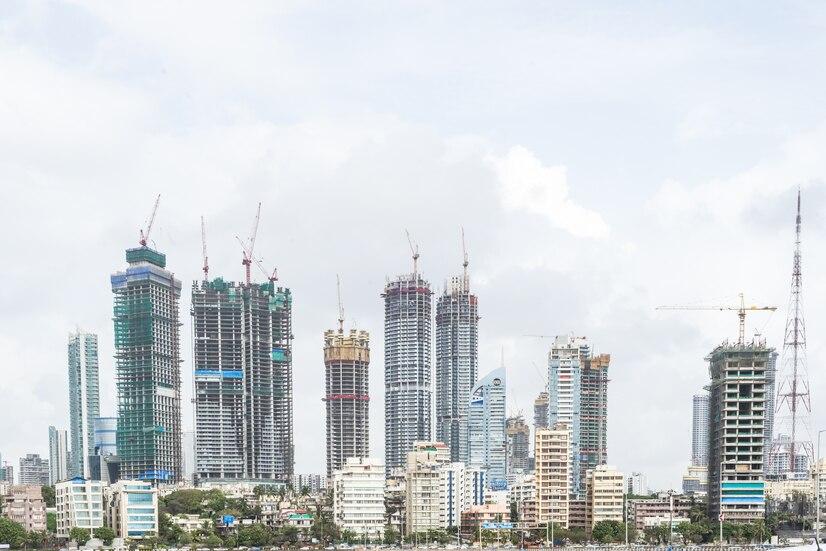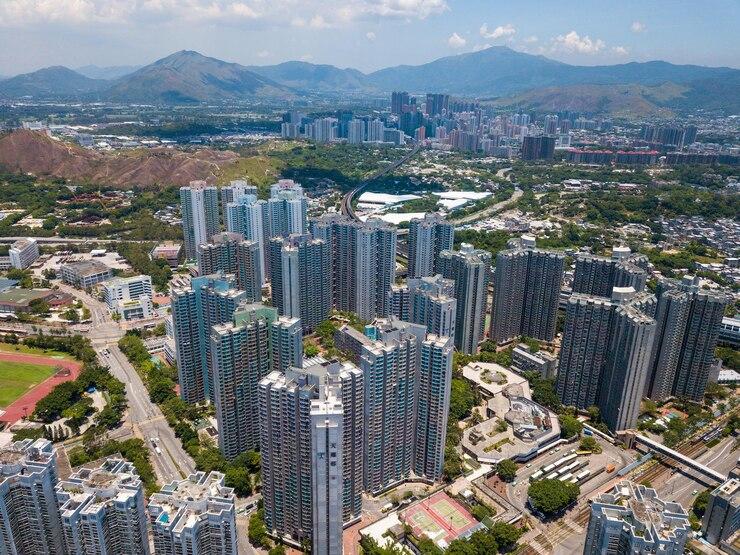



Table of Contents
- Introduction
- Types of Infrastructure in Real Estate
- Impact of Infrastructure on Property Value
- Infrastructure Planning in Real Estate
- Investment in Real Estate Infrastructure
- Future Trends in Real Estate Infrastructure
- Conclusion
- Faq's
Introduction
Infrastructure in real estate refers to the fundamental physical and organizational structures needed for the operation of a society and its economy. This includes transportation systems, utilities, schools, and healthcare facilities. In real estate, robust infrastructure is crucial as it directly impacts property values and the attractiveness of a location.
Types of Infrastructure in Real Estate
Physical Infrastructure
Roads and Highways: Essential for connectivity and ease of transportation.
Public Transportation: Includes buses, trains, and metro systems that provide accessibility.
Utilities: Availability of water, electricity, and gas is crucial for residential and commercial properties.
Telecommunications: High-speed internet and mobile connectivity are vital in today's digital age.
Social Infrastructure
Schools and Educational Institutions: Proximity to quality education facilities can significantly boost property values.
Hospitals and Healthcare Facilities: Access to healthcare is a major consideration for homebuyers.
Parks and Recreational Areas: Enhance the quality of life and appeal of residential areas.
Shopping Centers and Markets: Availability of retail and grocery stores adds convenience for residents.
Impact of Infrastructure on Property Value
 Real estate infrastructure
Real estate infrastructure
Transportation Networks:
Proximity to highways, public transit, and airports increases property value.
Reliable public transportation (buses, trains) makes areas more desirable.
Utilities and Basic Services:
Consistent electricity, water, and gas services attract buyers.
High-speed internet and good mobile connectivity are key for businesses and remote workers.
Social Infrastructure:
Good schools nearby raise property demand and values.
Access to hospitals and clinics enhances property attractiveness.
Parks and green spaces improve quality of life and increase property desirability.
Convenience of nearby shopping centers boosts property values.
Economic Growth and Employment:
Business hubs attract companies and create jobs, driving up property demand.
Industrial areas can increase property values if they are beneficial and not environmentally harmful.
Environmental and Sustainable Infrastructure:
Eco-friendly buildings and renewable energy options attract buyers.
Effective flood control and drainage systems protect properties, increasing value.
Future Development Plans:
New infrastructure projects (e.g., highways, metro lines) boost nearby property values.
Government policies promoting urban development and smart cities attract investment.
Investing in areas with good infrastructure leads to higher property values and better investment returns.
Infrastructure Planning in Real Estate
 Infrastructure planning in real estate
Infrastructure planning in real estate
Infrastructure planning in real estate involves the strategic and systematic development of essential facilities and services that form the backbone of any property development. This includes transportation networks, utility systems, communication infrastructures, and social amenities. Effective infrastructure planning ensures that these elements are well-integrated, sustainable, and capable of supporting the needs of the community, enhancing the overall functionality, attractiveness, and value of real estate projects.
Proper infrastructure planning is crucial for the success of any real estate development, as it not only boosts property values but also improves the quality of life for residents and supports economic growth. From roads and public transit systems to water supply, electricity, and internet connectivity, every aspect of infrastructure plays a significant role in the viability and sustainability of real estate projects. By ensuring that these elements are efficiently planned and executed, developers can create thriving communities that attract businesses, investors, and residents alike.
Investment in Real Estate Infrastructure
 Infrastructure projects in real estate
Infrastructure projects in real estate
Investment in real estate infrastructure is a cornerstone of urban development and economic growth. It involves allocating funds to the construction and maintenance of essential facilities such as roads, bridges, water supply systems, power grids, and communication networks. These investments are crucial as they directly impact property values and the overall attractiveness of a location.
Infrastructure investments enhance accessibility, reduce transportation costs, and improve the quality of life for residents by providing reliable utilities and services. For instance, the development of new highways and public transportation systems can significantly reduce commute times, making a neighborhood more desirable for both residential and commercial purposes. Similarly, robust water and power supply systems ensure the sustainability and efficiency of real estate developments.
Moreover, modern infrastructure projects often incorporate advanced technologies and sustainable practices, such as smart grids and renewable energy sources, which further add value to properties and attract environmentally conscious investors and residents.
Despite the high initial costs and complex regulatory requirements, the long-term benefits of infrastructure investments are substantial. They create a ripple effect, stimulating economic activity, increasing job opportunities, and fostering community development. Thus, strategic investment in real estate infrastructure is essential for driving growth, enhancing property values, and ensuring the long-term success of real estate ventures.
Future Trends in Real Estate Infrastructure
 Smart city infrastructure
Smart city infrastructure
1. Smart Cities and Digital Infrastructure
The concept of smart cities is transforming the real estate landscape. These cities integrate digital technology into their infrastructure, including smart grids, IoT-enabled devices, and advanced communication networks. This digital infrastructure enhances urban living by optimizing energy use, improving public safety, and providing real-time data for better decision-making.
2. Sustainable and Green Building Practices
Sustainability is becoming a key focus in real estate infrastructure. Future developments are expected to incorporate green building practices, such as using eco-friendly materials, implementing energy-efficient systems, and creating green spaces. These practices not only reduce the environmental impact but also attract eco-conscious buyers and investors.
3. Mixed-Use Developments
Mixed-use developments that combine residential, commercial, and recreational spaces are on the rise. These integrated communities provide convenience and reduce the need for long commutes, fostering a more sustainable lifestyle. They also create vibrant, self-sustained neighborhoods that appeal to a wide range of demographics.
4. Enhanced Public Transportation
Investment in public transportation infrastructure is set to increase. Future trends include the expansion of metro systems, high-speed rail networks, and electric vehicle (EV) infrastructure. Improved public transportation reduces traffic congestion, lowers carbon emissions, and makes urban areas more accessible.
5. Resilient Infrastructure
With the increasing frequency of natural disasters, there is a growing emphasis on building resilient infrastructure. Future projects will likely incorporate features that can withstand extreme weather conditions, such as flood-resistant buildings, hurricane-proof structures, and earthquake-resistant designs. This resilience ensures the safety and longevity of real estate investments.
6. Adaptive Reuse and Urban Renewal
Adaptive reuse, which involves repurposing old buildings for new uses, is gaining popularity. This trend not only preserves historical structures but also revitalizes urban areas. Urban renewal projects aim to breathe new life into declining neighborhoods, making them attractive for new investments and developments.
7. Integration of Renewable Energy Sources
The integration of renewable energy sources, such as solar, wind, and geothermal power, is a significant trend. Future real estate infrastructure will increasingly rely on these sustainable energy sources to reduce reliance on fossil fuels, lower energy costs, and minimize environmental impact.
8. Autonomous Vehicles and Mobility Solutions
The rise of autonomous vehicles (AVs) is set to impact real estate infrastructure significantly. Developments will need to accommodate AVs with dedicated lanes, charging stations, and smart traffic management systems. This trend will alter urban planning and design, prioritizing efficient mobility solutions.
Conclusion
Infrastructure is a cornerstone of real estate development, affecting everything from property values to the quality of life for residents. As urbanization continues, the importance of strategic infrastructure planning and investment cannot be overstated.
explore further
Latest from Encyclopedia
More from Interactions
Resources
Dwello, for every home buyer, is a way to go from 'I feel' to 'I know', at no extra cost.




